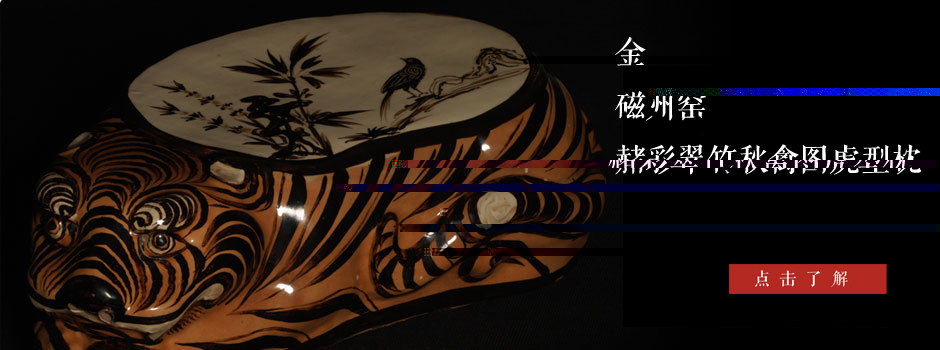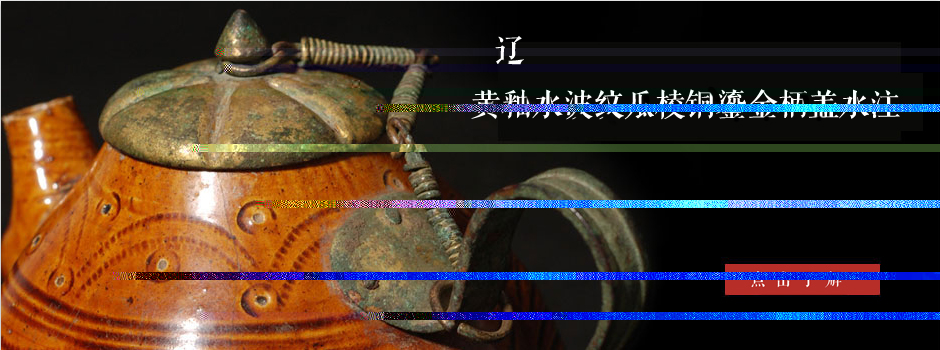- >> Company Profile
- >> President's Speech
- >> Brand Service
- >> Mission & Goals
- >> Value System
- >> Brand Construction
- >> Philosophy and Mode
Address: Room 614-616,China World Office 1, No.1 Jian Guo Men Wai Avenue, Beijing, P.R.C.
Tel:+86-10-65051177
Fax:+86-10-65058988
E-mail:soongs@zbkenuo.com
Home >> Show Items
The tray of flat rim decorated with dragon pattern produced in Longquan Kiln
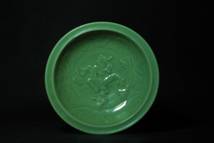 |
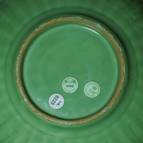 |
Longquan Kiln in the Southern Song Dynasty firstly applied the thick lime alkali glaze to replace the watery glaze with more lime. The thick lime alkali glaze is pure with green color, which makes the porcelain in Longquan Kiln more charming in its colour and texture. The application of the method of multi-glazing for the burning of power green and plum green enable the techniques of Longquan porcelain to have reached the highest point. The tiny bubbles in the glaze resulted in the refraction, which formed a sense of heavy texture. After entering Yuan Dynasty, Longquan Kiln carried out transformation on the style of one color for the porcelain in Song Dynasty. They added the incised pictures, heaped sculpture and printing to reflect the beauty of the decoration and style on the basis of the thin and green glaze.
The tray is a good example for this innovation. A dragon with the arc-shape is printed in the center of the tray. It has a strong body and four sharp paws, which looks vigorous. Together with three clouds of lucid ganoderma shape, the dragon seems to fly into the sky. A circle of lotus patterns is engraved inside the tray. The lotus flowers are large and elegant, which are arranged a distinct way. There are many lotus petal patterns on the outer wall of the tray. The patterns are regular without losing the beauty, which highlight the glossy green glaze and the rich changes of lines. There is no glaze at the ridge of the ring foot while its bottom is covered fully with the glaze, from which we know that the burning technique based on ring foot is different from the technique based on immature molding bed.
The outstanding feature of the tray is that it applies the technique of heaped sculpture. The dragon is vivid with its heart and squama. People think that this technique begins with printing the models of the dragon and cloud with clay or wood molds. After the repairing of the tray body, stick the models of dragon and cloud to center of the tray by mixing with the mud, rectify the places with defects and at last cover the green glaze. Mold removal is a key link in the process. The craftsmen must control the dehydration of the mud on the molding bed well so that the whole dragon can be left after the mold removal. Meanwhile, the craftsmen have to consider the density of the mud to avoid crack of the porcelain during the burning process. Thus, the heaped sculpture technique, which is the core technology, takes much more time that the shaping of one porcelain. In this way, the most famous decorative method came into being, which brought us numerous and remarkable products. Some craftsmen with skillful techniques applied the theory of the different thickness for the glaze inside the pattern decoration to make the bulge parts of the pattern shine the color of white faintly, which formed a strong contrast with the color of green. Besides, the glaze layer isn’t applied to cover the patterns after heaped. After the burning of immature molding bed, its brownish-red color and the color of glaze formed a sharp contrast. For example, the old collection [large celadon tray printed with cloud and dragon in Yuan Dynasty] of famous knight David in the United Kingdom.
Since the tray coming into being, it has been cherished, for it is rare in the porcelain of Longquan Kiln with dragon patterns. It could not be seen in one hundred year from Yuan Dynasty to the beginning of Ming Dynasty. The tray with the same style is the Shufu glazed tray printed with dragon patterns in Jingdezhen. However, the town applied the printing techniques. The dimension of the trays is different. The latter kind of trays is mainly middle and small size. The same dimension of the tray has never been produced. Thus, it was popular across the world. It met the tradition of Persians who preferred to use the large trays. It is also popular among the noblemen in central Asian in Mengyuan period. They travelled for a long distance just for buying the trays. The same tray in Turkish palace (Picture 1) had been collected in the early fifteen century, which can reflect its honorable status and unique features.
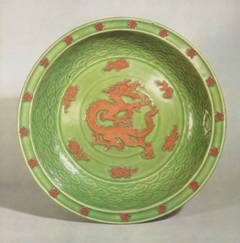
Picture 1 Large celadon tray printed with cloud and dragon in Yuan Dynasty once collected by knight David in the United Kingdom
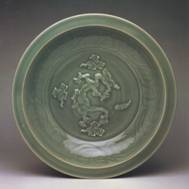
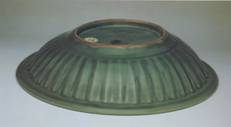
Picture 2 Green-glazed tray with dragon pattern produced by Longquan Kiln The collection in Turkish palace TKS15/260 Diameter 42.0cm
